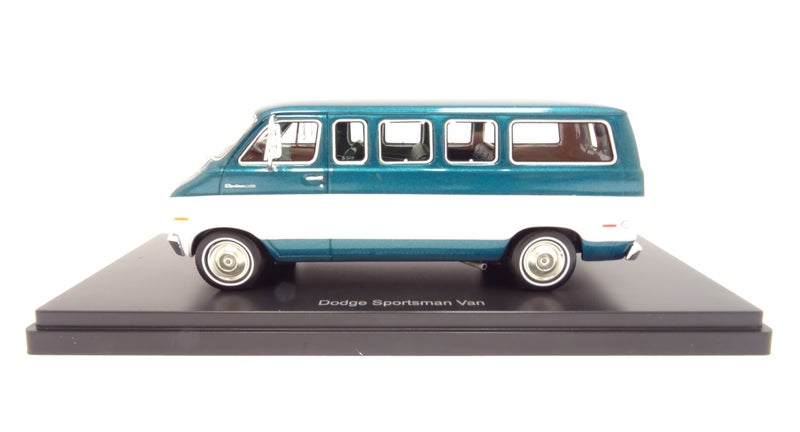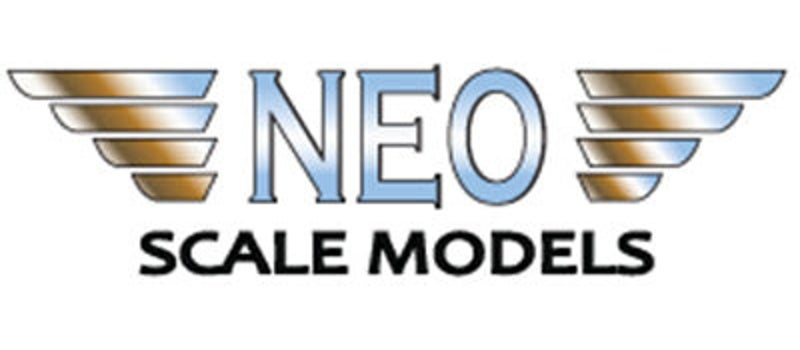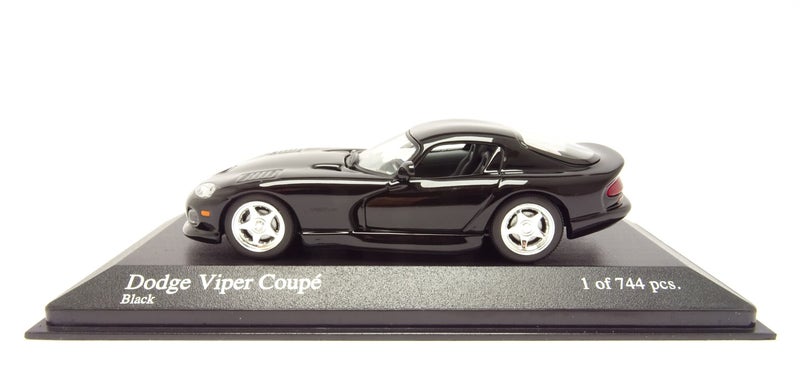

Horace and John Dodge founded the Dodge Brothers Company in 1900 in Detroit, Michigan.
Dodge is an American brand of automobile manufactured by FCA US LLC (formerly known as Chrysler Group LLC), based in Auburn Hills, Michigan. Dodge vehicles currently include performance cars, though for much of its existence Dodge was Chrysler's mid-priced brand above Plymouth.


Headquarters: Dodge, Hamtramck, Michigan, 1910-1928

Headquarters: Chrysler, Auburn Hills, Michigan, United States, 1928-2021

Headquarters: Stellantis, Hoofddorp, Netherlands, 2021-now



The Dodge Custom Royal is an automobile which was produced by Dodge in the United States for the 1955 through 1959 model years. In each of these years the Custom Royal was the top trim level of the Dodge line, above the mid level Dodge Royal and the base level Dodge Coronet. 2-Door Hardtop, 4-Door Hardtop and Convertible models were marketed under the name "Dodge Custom Royal Lancer".


The Dodge Polara is an automobile introduced in the United States for the 1960 model year as Dodge's top-of-the-line full-size car. After the introduction of the Dodge Custom 880 in 1962, the Polara nameplate designated a step below the full-sized best trimmed Dodge model. The Polara name was used by Dodge until 1973, when its position in Dodge's line-up was replaced by the Dodge Monaco.
The name Polara is a reference to the Polaris star, in a marketing attempt to appeal to the excitement surrounding the Space Race during the early 1960s.






The Dodge Challenger is the name of three different generations of automobiles. However, the first use of the Challenger name by Dodge dates back to 1959 for marketing a "value version" of the full-sized Coronet Silver Challenger.
From model years 1970 to 1974, the first-generation Dodge Challenger pony car was built using the Chrysler E platform in hardtop and convertible body styles sharing significant components with the Plymouth Barracuda.
The second generation, from model years 1978 to 1983, was a badge engineered Mitsubishi Galant Lambda / Sapporo, a coupe version of an economical compact car.
The third and current generation is a full-size muscle car that was introduced in early 2008 initially as a rival to the evolved fifth generation Ford Mustang and the fifth generation Chevrolet Camaro.






1910-1914
1914-1928
1928-1955
1955-1962
1962-1968
1964-1993




1980-1993
1994-2010
2010-now
2022-now






























Create Your Own Website With JouwWeb